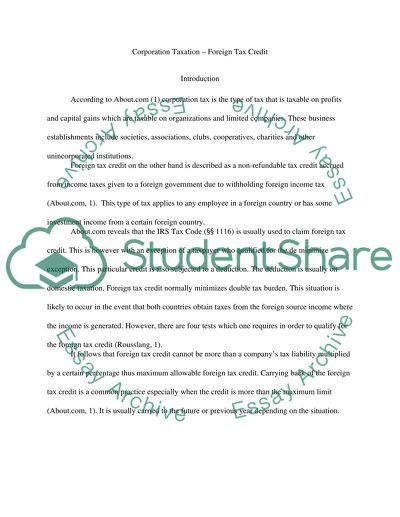Cite this document
(“Corporation Taxation Foreign Tax Credit Research Paper”, n.d.)
Retrieved de https://studentshare.org/finance-accounting/1391746-corporation-taxation-foreign-tax-credit
Retrieved de https://studentshare.org/finance-accounting/1391746-corporation-taxation-foreign-tax-credit
(Corporation Taxation Foreign Tax Credit Research Paper)
https://studentshare.org/finance-accounting/1391746-corporation-taxation-foreign-tax-credit.
https://studentshare.org/finance-accounting/1391746-corporation-taxation-foreign-tax-credit.
“Corporation Taxation Foreign Tax Credit Research Paper”, n.d. https://studentshare.org/finance-accounting/1391746-corporation-taxation-foreign-tax-credit.


